
Much of parenting is learned through experience; much is learned through guidance from trusted friends, family members and experts and much comes from straight instinct alone.
But when it comes to understanding children's health, a lot can be gleaned from tuning into the latest scientific research -- with the understanding that science is a process and that studies need to be replicated many times before they're set in any kind of stone.
Advertisement
With that in mind, here are just 10 of the more notable health findings to come out of the medical literature in 2014 that every parent should be aware of and feel empowered to discuss with their child's health care provider as it pertains to them.
1
The National Preterm Rate Hit A 17-Year Low
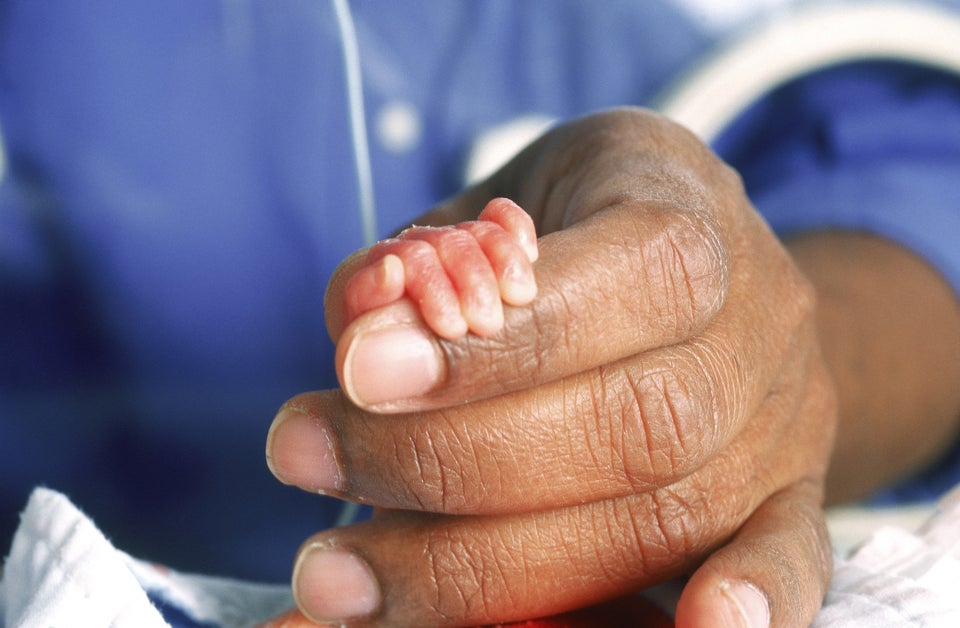
Getty
According to new national figures released in November, the preterm birth rate in the United States dropped for a seventh consecutive year, to a 17-year low of 11.4 percent of all births in 2013. (Though the report was released in 2014, the figures are for the previous year.)
Experts with the March of Dimes, which released the report, characterized the results as promising, up to a point, saying there is still much work to be done at a public health level. The report emphasizes that while many risk factors for preterm birth are unknown or outside of parents' control, efforts to change modifiable risk factors, such as smoking during pregnancy, have made a measurable difference in outcomes.
Experts with the March of Dimes, which released the report, characterized the results as promising, up to a point, saying there is still much work to be done at a public health level. The report emphasizes that while many risk factors for preterm birth are unknown or outside of parents' control, efforts to change modifiable risk factors, such as smoking during pregnancy, have made a measurable difference in outcomes.
2
'Bed Sharing,' Sleep Objects May Pose Risks To Babies
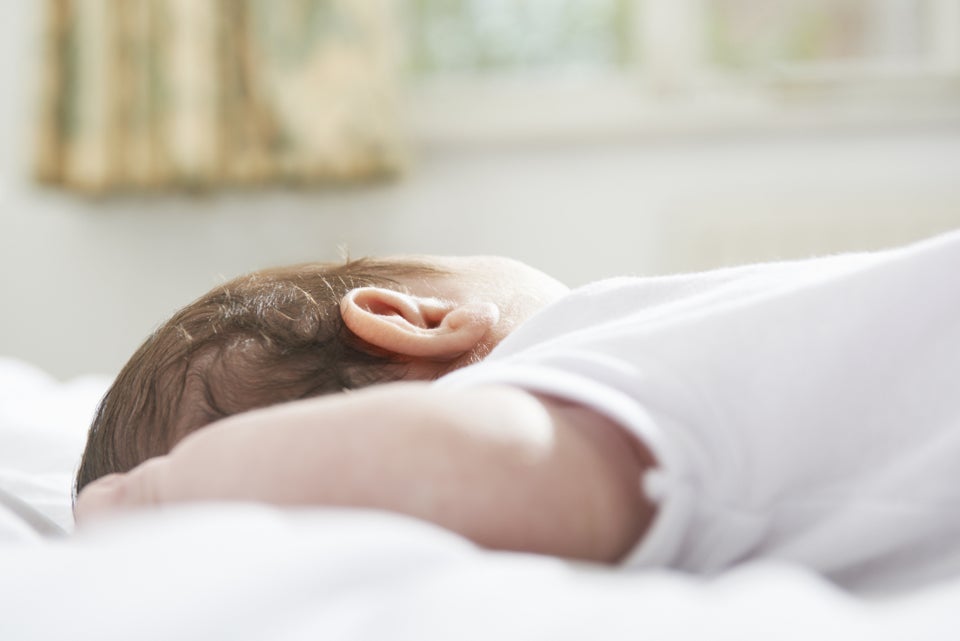
Getty
A study published in the journal Pediatrics in July, which investigated the factors linked to sleep related deaths in babies, found that "bed-sharing" (i.e., an infant sleeping on the same surface as another person or pet) was the top risk factor for those age 4 months or younger. In older babies -- those between 4 months and 1 year -- rolling onto objects in the sleep environment, such as a blanket or pillow, was the top risk factor linked to death. It is important to note, however, that the study looked only at correlations; it did not establish cause and effect.
3
Many Babies Sleep In Unsafe Conditions
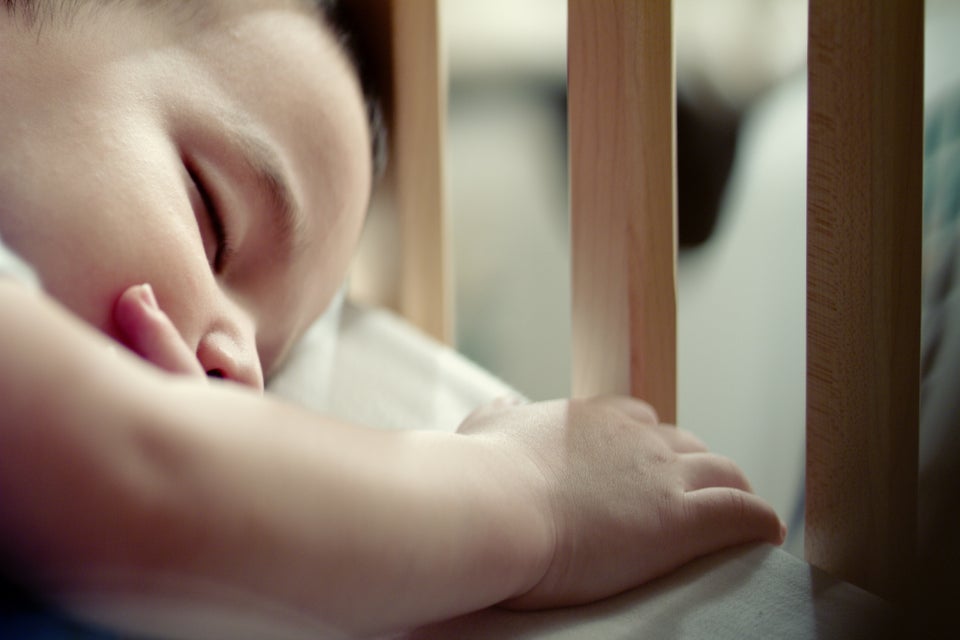
Getty
Despite known concerns over the safety of objects in the sleep environment (see finding number 4 in this list), more than half of parents in the U.S. put their babies to bed with blankets or other loose bedding, according to a government report issued in December.
As Reuters' Andrew Seaman reported, the percent of parents who put their infants to sleep with loose bedding has dropped since the 1990s. And those who have not adopted the American Academy of Pediatrics' guidelines may be confused by magazine and catalogue images depicting babies in cribs with unnecessary -- and potentially unsafe -- plush blankets and pillows.
As Reuters' Andrew Seaman reported, the percent of parents who put their infants to sleep with loose bedding has dropped since the 1990s. And those who have not adopted the American Academy of Pediatrics' guidelines may be confused by magazine and catalogue images depicting babies in cribs with unnecessary -- and potentially unsafe -- plush blankets and pillows.
Advertisement
4
Many New Parents Make Car Seat Errors

Getty
A small but startling study published in October, which focused on one Oregon hospital, found that more than 90 percent of moms, dads or caregivers made at least one important error in how they installed their newborn's car seat, or how they positioned the baby within the seat itself when leaving the hospital after birth. The researchers found an average of 4.2 "misuses" per family, while 50 percent of the families who participated in the study made five or more mistakes. Though it was impossible for the researchers to quantify the effect those errors might have, they said the findings clearly highlight the need for improved resources enabling parents to keep their children safe in the car.
5
Medication Errors Are Also Widespread

Getty
Every eight minutes, a child under the age of 6 experiences a medication error when not in the doctor's office or hospital, an October study found. Fortunately, the majority of the errors were not life-threatening, though they were widespread, affecting more than 200,000 children in the United States annually. The rates of errors were highest among children age 1 and younger, suggesting new parents may be particularly susceptible to making medication-related mistakes.
6
Serious Reactions To Vaccines Are Rare
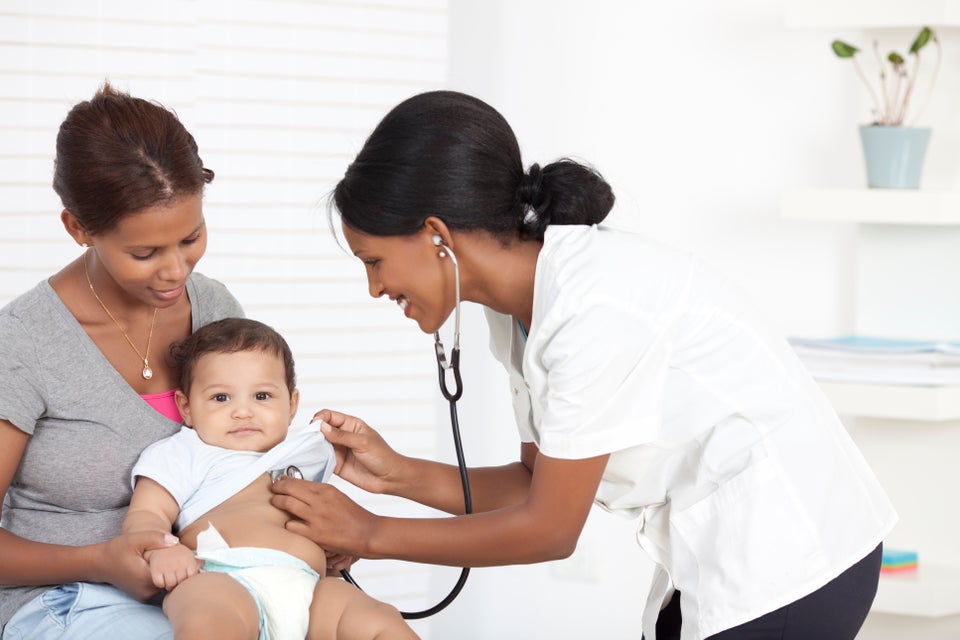
Getty
A review released by researchers with the RAND Corporation in July added to the substantial body of evidence supporting the safety of vaccines, finding that serious adverse reactions to 11 common vaccines generally given to children under the age of 6 are rare. (It also found no link between those vaccines and increased risk of Autism Spectrum Disorders.)
In an editorial accompanying the report, Dr. Carrie Byington of the University of Utah's Department of Pediatrics, wrote that the findings "should be reassuring to parents of young children and to the clinicians who care for them."
In an editorial accompanying the report, Dr. Carrie Byington of the University of Utah's Department of Pediatrics, wrote that the findings "should be reassuring to parents of young children and to the clinicians who care for them."
Advertisement
7
Reading Aloud Is Critical
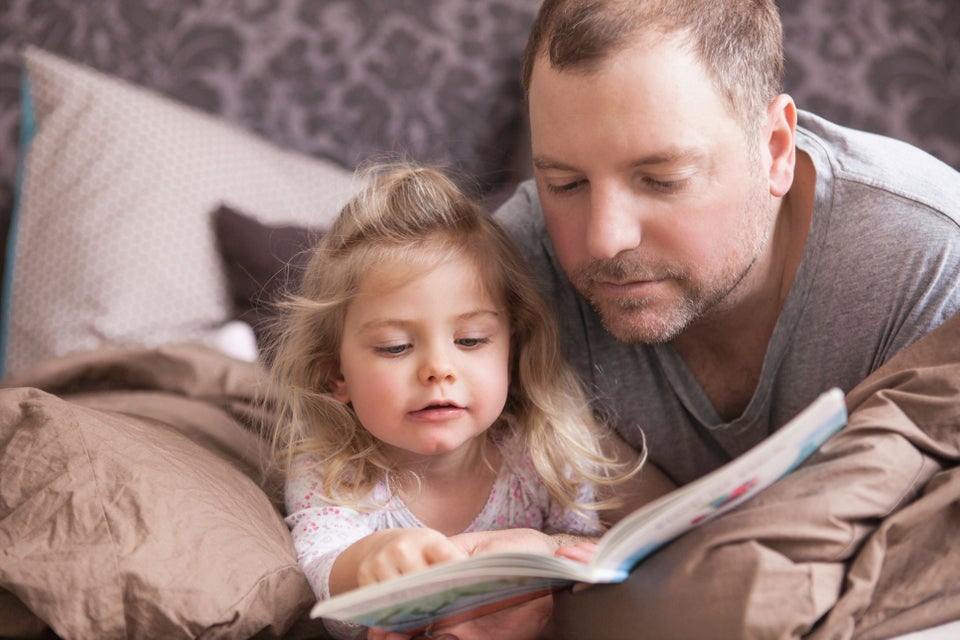
Getty
In June, the American Academy of Pediatrics issued its first-ever statement on the promotion of childhood literacy, urging pediatricians to speak with parents about the importance of reading aloud to their kids at visits, just as they would discuss important medical and emotional concerns. The benefits of reading together, the AAP emphasized, go beyond literacy promotion -- reading to children helps nurture them emotionally and strengthens familial bonds.
8
The Autism Rate Is Now 1 In 68
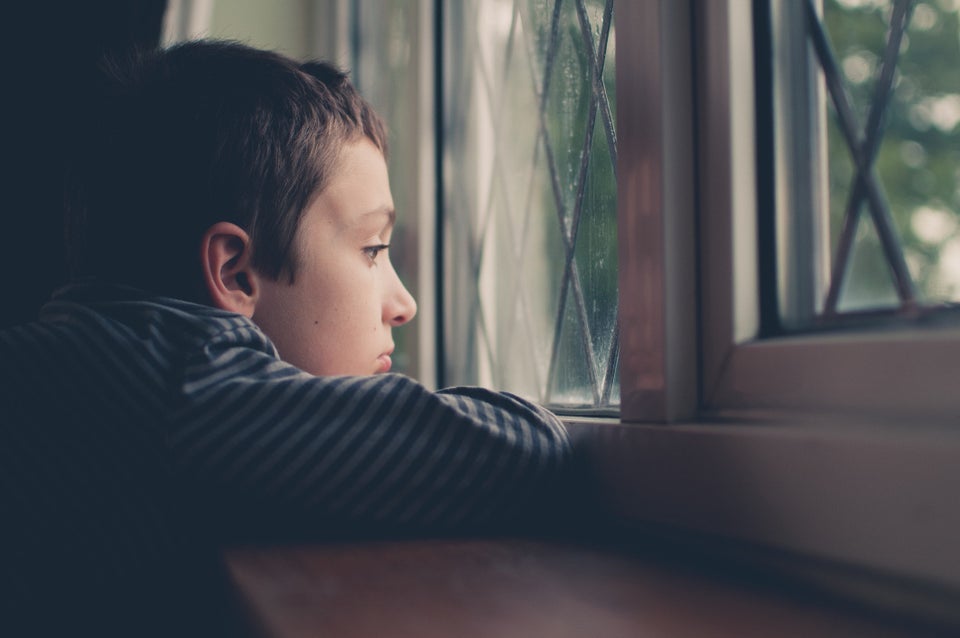
Getty
According to figures released by the Centers for Disease Control and Prevention in March of 2014, 1 in 68 children in the United States have now been diagnosed with an autism spectrum disorder, or ASD. That figure is roughly 30 percent higher than the previous national estimate of 1 in 88 children that was reported in 2012.
The reasons behind the increase are not fully understood: Awareness of ASD has increased, which has led to more diagnoses, but experts also believe that certain risk factors may be on the rise.
The reasons behind the increase are not fully understood: Awareness of ASD has increased, which has led to more diagnoses, but experts also believe that certain risk factors may be on the rise.
9
Long-Acting Birth Control Should Be First Choice For Teens
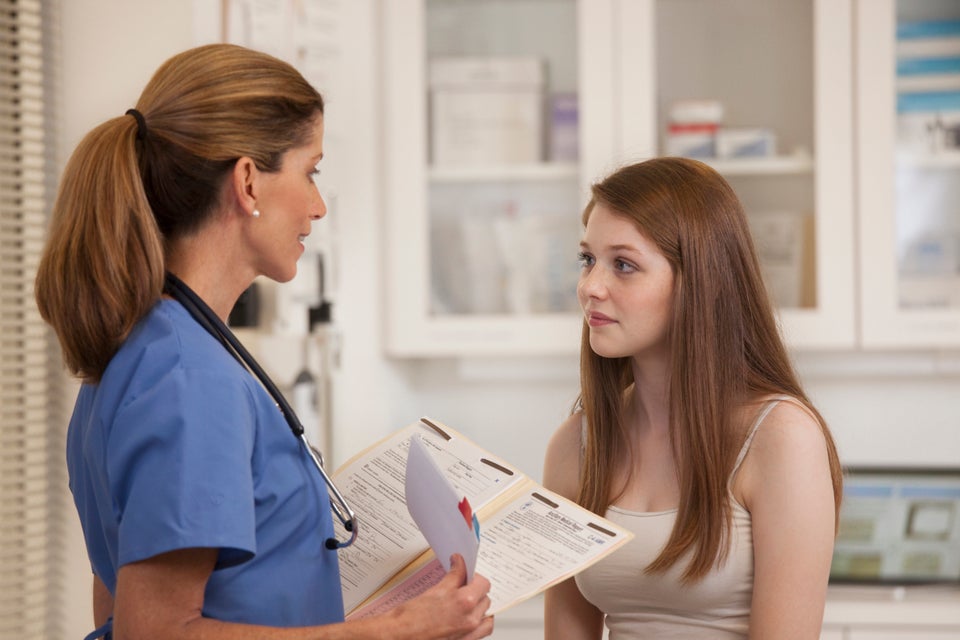
Getty
In a September policy statement, the American Academy of Pediatrics recommended that intrauterine devices (IUDs) and implants -- both reversible, long-acting forms of hormonal contraception -- be the first-line contraceptive option for teenage girls who are sexually active. However, because neither method protects against sexually transmitted infections, condoms should also be used when teens have sex, the AAP urged.
Advertisement
10
Later School Start Times Would Benefit Teens

Getty
In August, the American Academy of Pediatrics took steps to emphasize the critically important role that sleep plays in teenagers' overall health, pushing for middle schools and high schools to start no earlier than 8:30 a.m. in order to help reduce widespread sleep deprivation and encourage tweens and teens to get the 8.5 to 9.5 hours of nightly sleep recommended for them. (As HuffPost's Rebecca Klein reported, roughly 40 percent of high schools in the U.S. currently start before 8 a.m.)
